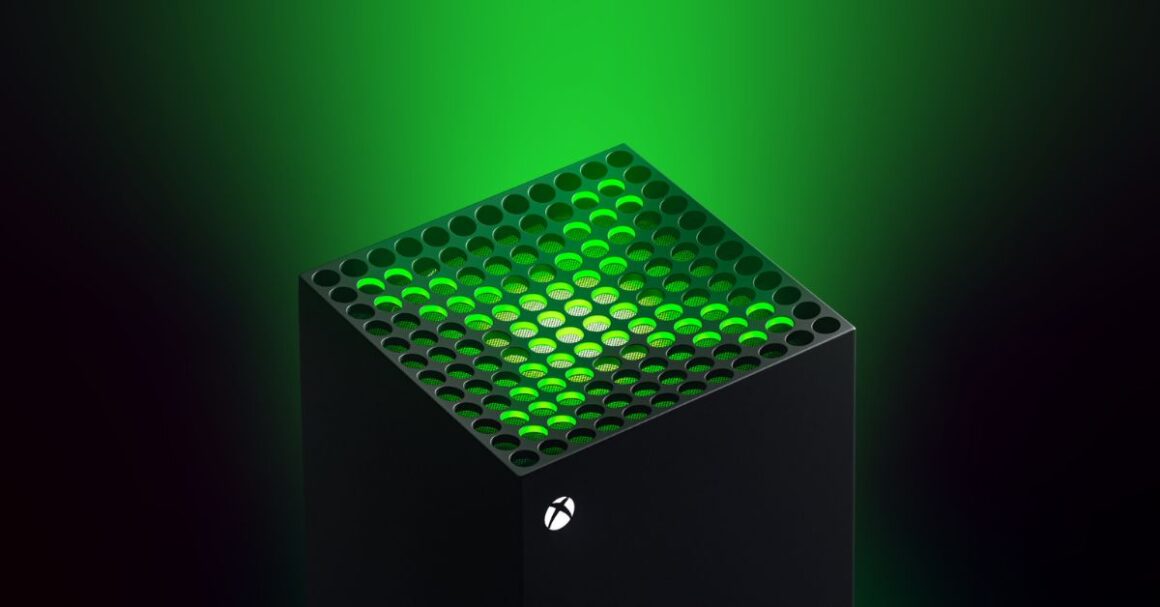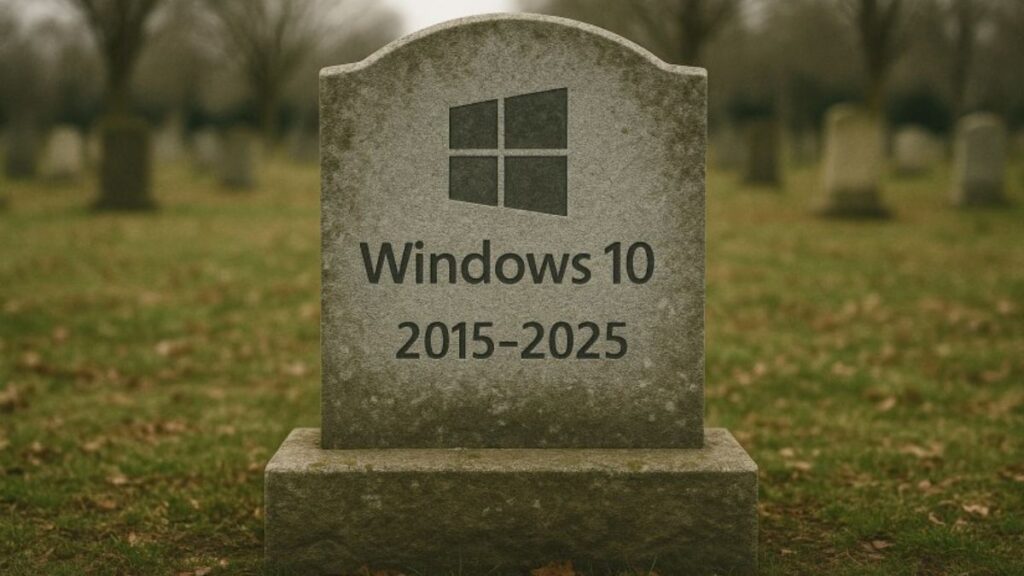Microsoft is warning Windows users about a serious cybersecurity threat—and it’s using that warning to push people toward its Edge browser as a safer alternative to Chrome.
In a new security advisory, Microsoft recommends switching to “Microsoft Edge with Microsoft Defender” to avoid falling victim to cyberattacks, particularly those involving the Lumma Stealer malware.
This move comes alongside a major joint operation with the FBI and other global agencies, which led to the seizure of over 2,000 domains used by Lumma for stealing sensitive data like passwords, bank accounts, and crypto wallets.
While promoting Edge as a safer option isn’t new, it’s the context that has people talking. Many see this security advisory as just another attempt in Microsoft’s long-running campaign to get users off Chrome—a campaign that’s been met with resistance. Despite years of aggressive marketing, Chrome still dominates with a 65% global desktop market share, while Edge lags behind at just 13%.
Still, the risks are real. Lumma is the malware behind fake Chrome update popups and phishing emails, used in ransomware attacks on schools and other critical services. Microsoft says switching to Edge, enabling multi-factor authentication (MFA), and using official stores only for software downloads are key to staying safe.
Even so, some security experts are uneasy about Microsoft mixing security guidance with product promotion. The push for Edge, especially in a security alert, blurs the line between user protection and marketing strategy.
Bottom line: you don’t have to ditch Chrome, but make sure your browser’s safe browsing settings are enabled, use MFA or Passkeys, and avoid clicking on suspicious links or downloads. The best defense isn’t just the browser—it’s the user’s vigilance.









